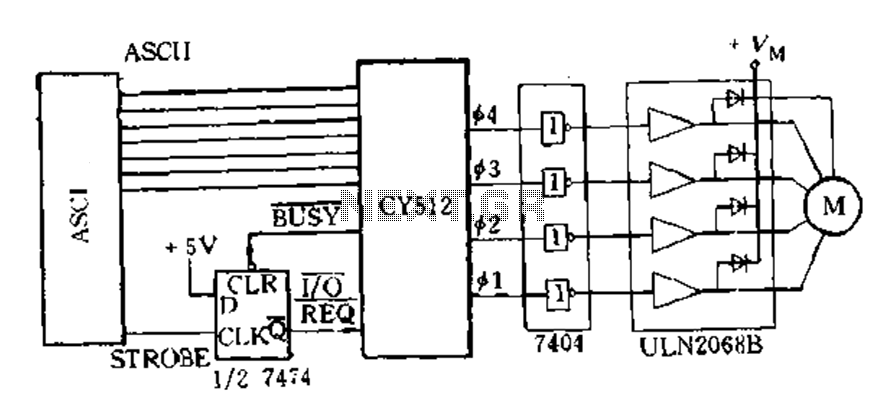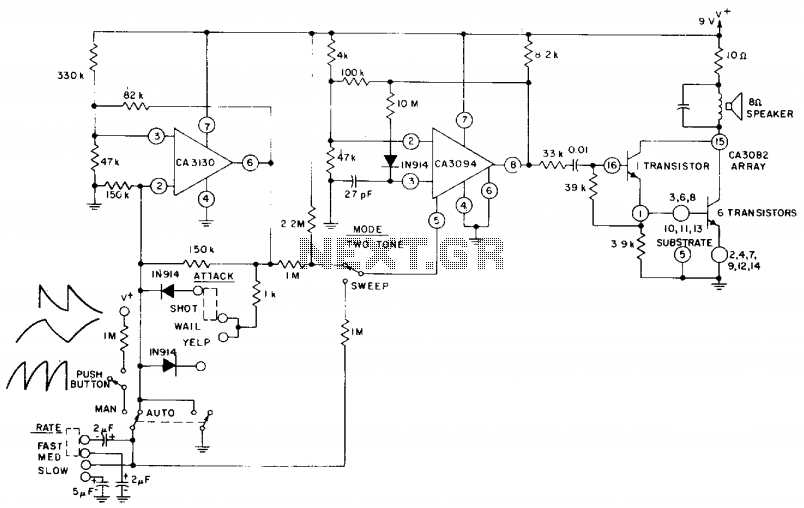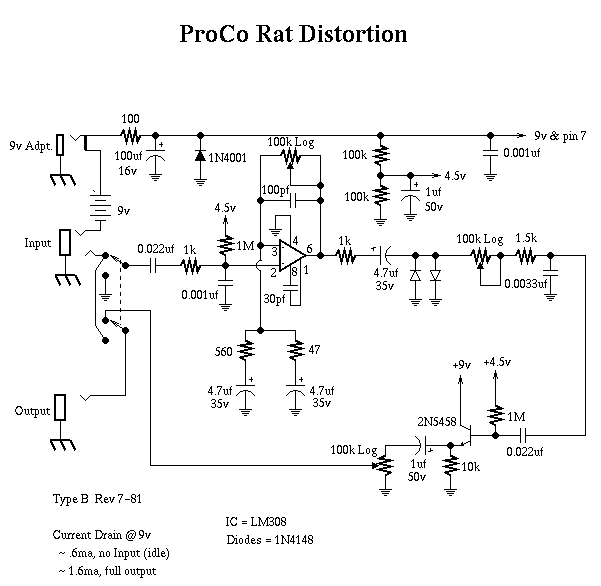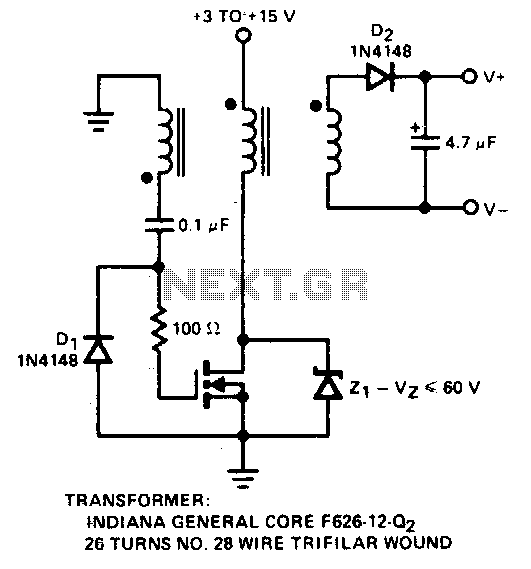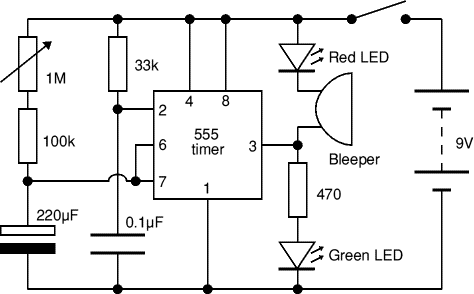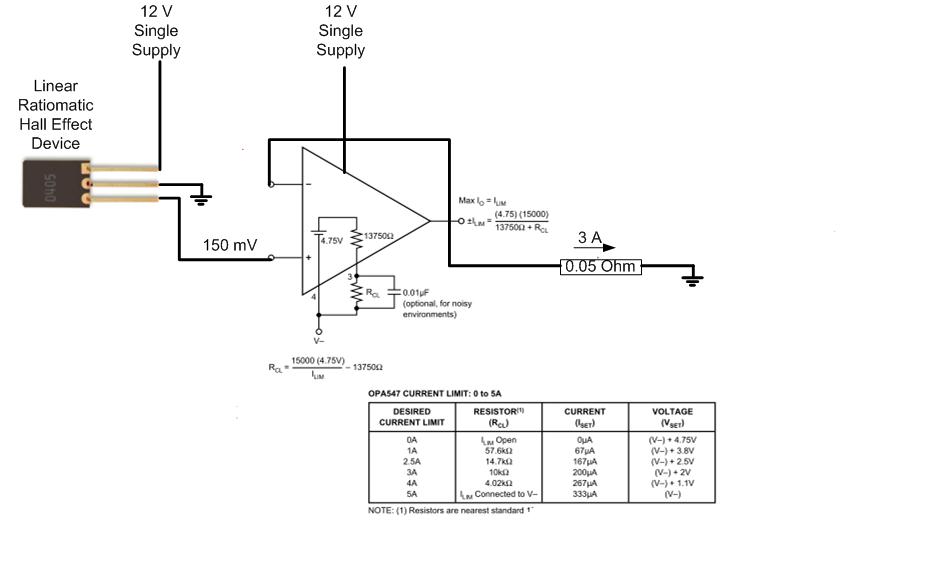
Oscillating output improves system security

Many electronic-control systems have digital outputs that use transistors. One method of improving the security in these outputs is to use an oscillating signal to represent a logic-high state instead of a fixed voltage level. This type of signal, a dynamic variable, can drive the circuit shown in Figure 2. This circuit connects to the output transistor of the electronic-control system. The dynamic-variable signal connects to the output transistor, whose collector connects to a pulse transformer.
The described circuit utilizes a dynamic variable signal to enhance the security of digital outputs in electronic control systems. The implementation involves a transistor, which acts as a switch, controlled by an oscillating signal that represents a logic-high state. This oscillating signal is advantageous over a constant voltage level as it adds a layer of complexity, making it more difficult for unauthorized access or signal interception.
In the circuit, the output transistor is typically an NPN or PNP type, depending on the design requirements. The dynamic variable signal is fed into the base of the transistor, causing it to switch on and off in accordance with the oscillation frequency of the input signal. When the transistor is in the 'on' state, current flows from the collector to the emitter, allowing the pulse transformer to operate. The pulse transformer is essential for isolating the control system from the load, providing voltage step-up or step-down capabilities, and enhancing signal integrity.
The pulse transformer is connected to the collector of the output transistor. It converts the pulsating current into a corresponding output voltage, which can be used to drive other components or systems. The design of the pulse transformer must be carefully considered, including its turns ratio, core material, and frequency response, to ensure effective operation with the oscillating signal.
This approach not only improves security but also allows for better noise immunity and signal fidelity in the control system's output, making it suitable for various applications, including industrial automation, automotive systems, and consumer electronics. The careful selection of components and design parameters is crucial for achieving optimal performance and reliability in the final circuit.Many electronic-control systems have digital outputs that use transistors. One method of improving the security in these outputs is to use an oscillating signal to represent a logic-high state instead of a fixed voltage level (Figure 1). This type of signal, a dynamic variable, can drive the circuit shown in Figure 2. This circuit connects to the output transistor of the electronic-control system. The dynamic- variable signal connects to the output transistor, whose collector connects to a pulse transformer.
🔗 External reference
The described circuit utilizes a dynamic variable signal to enhance the security of digital outputs in electronic control systems. The implementation involves a transistor, which acts as a switch, controlled by an oscillating signal that represents a logic-high state. This oscillating signal is advantageous over a constant voltage level as it adds a layer of complexity, making it more difficult for unauthorized access or signal interception.
In the circuit, the output transistor is typically an NPN or PNP type, depending on the design requirements. The dynamic variable signal is fed into the base of the transistor, causing it to switch on and off in accordance with the oscillation frequency of the input signal. When the transistor is in the 'on' state, current flows from the collector to the emitter, allowing the pulse transformer to operate. The pulse transformer is essential for isolating the control system from the load, providing voltage step-up or step-down capabilities, and enhancing signal integrity.
The pulse transformer is connected to the collector of the output transistor. It converts the pulsating current into a corresponding output voltage, which can be used to drive other components or systems. The design of the pulse transformer must be carefully considered, including its turns ratio, core material, and frequency response, to ensure effective operation with the oscillating signal.
This approach not only improves security but also allows for better noise immunity and signal fidelity in the control system's output, making it suitable for various applications, including industrial automation, automotive systems, and consumer electronics. The careful selection of components and design parameters is crucial for achieving optimal performance and reliability in the final circuit.Many electronic-control systems have digital outputs that use transistors. One method of improving the security in these outputs is to use an oscillating signal to represent a logic-high state instead of a fixed voltage level (Figure 1). This type of signal, a dynamic variable, can drive the circuit shown in Figure 2. This circuit connects to the output transistor of the electronic-control system. The dynamic- variable signal connects to the output transistor, whose collector connects to a pulse transformer.
🔗 External reference
